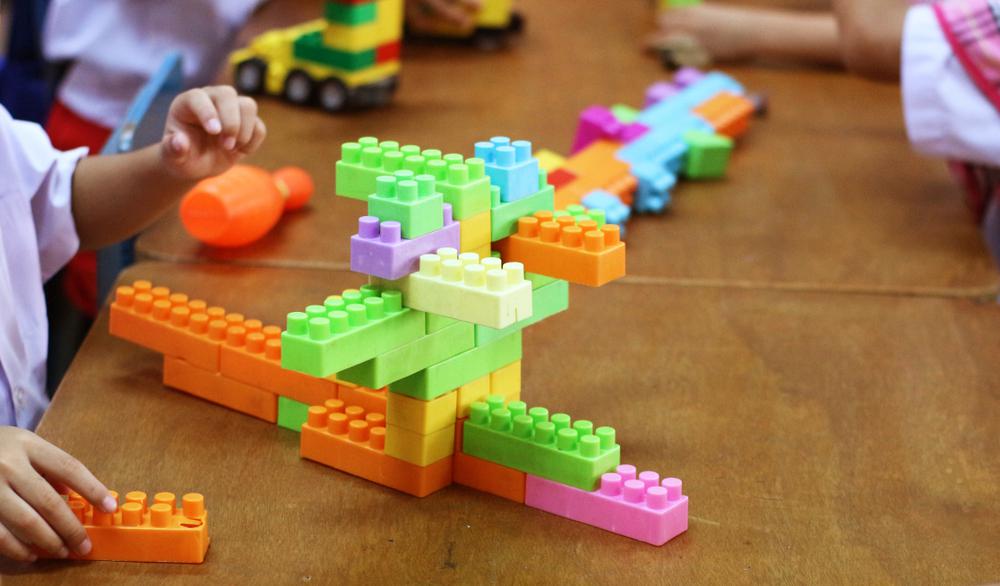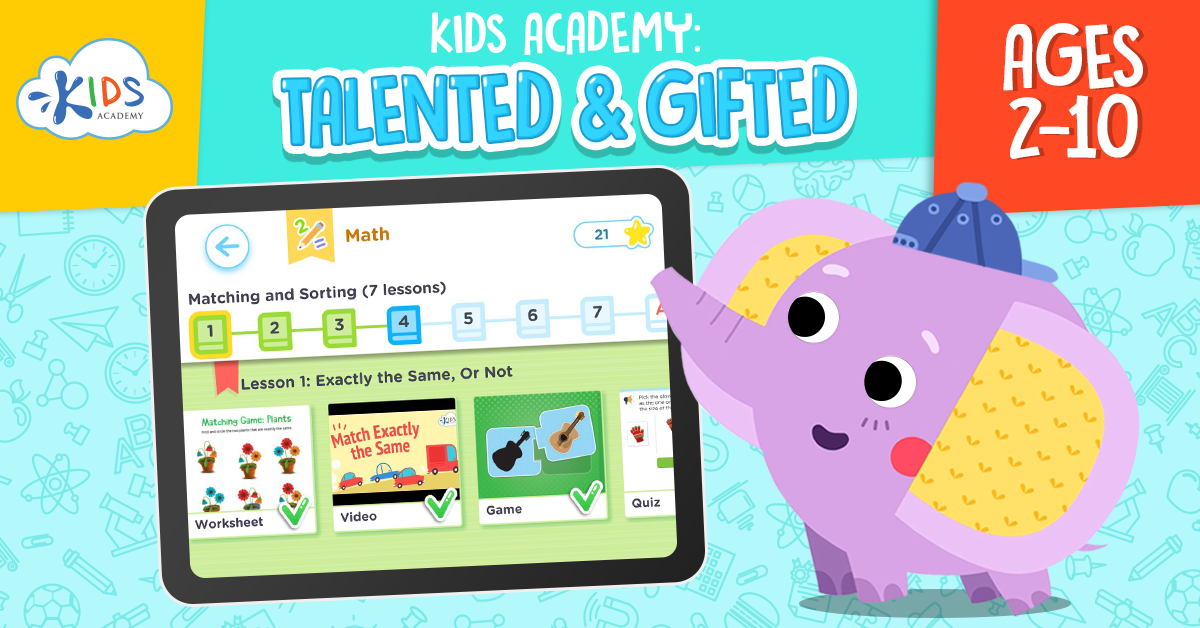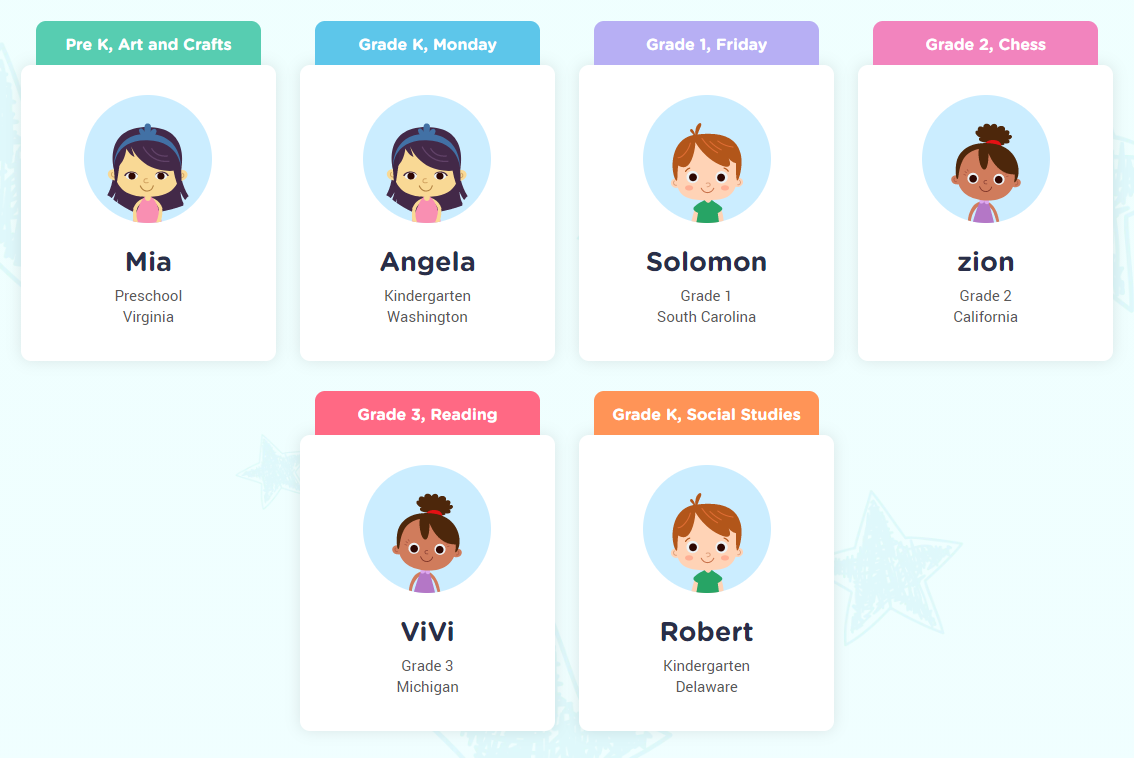Color recognition Worksheets for Ages 3-5
96 filtered results
-
From - To
Foster your child's development with our engaging Color Recognition Worksheets for Ages 3-5, designed to make learning fun and effective. These vibrant printables help young learners master color identification through various exciting activities. Each worksheet combines different skills like matching, sequencing, and distinguishing colors to build a strong foundational understanding. Perfect for both classroom environments and home practice, our worksheets captivate children's attention and enhance cognitive abilities. Start your child's educational journey today with our expertly crafted resources and watch as they confidently explore and recognize a spectrum of beautiful colors!
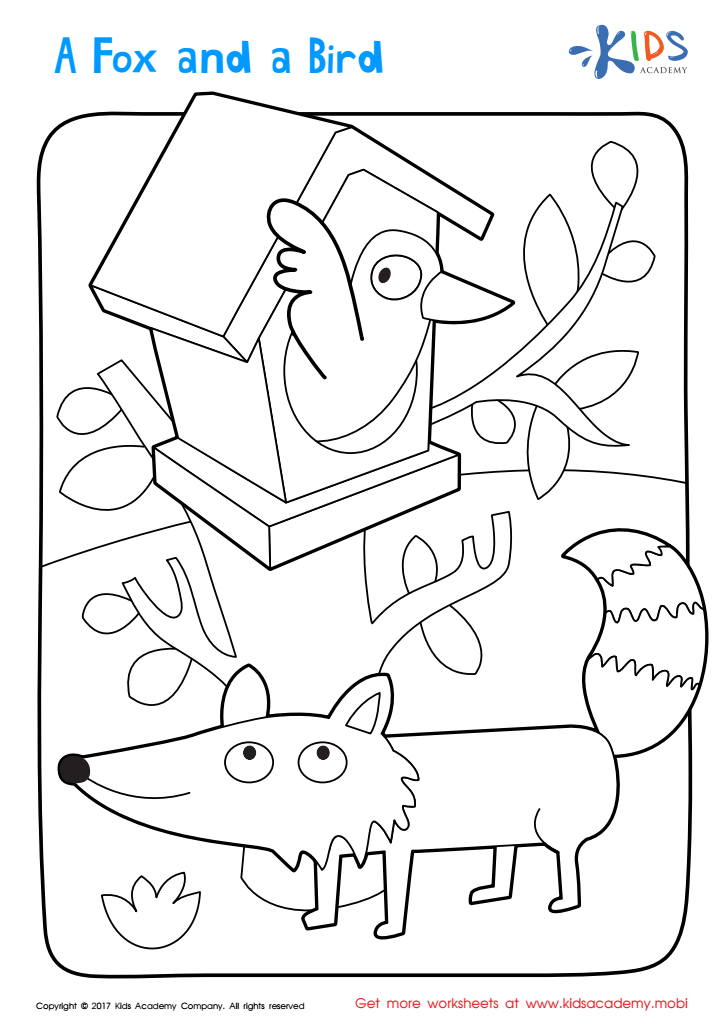

A Fox and Bird Coloring Page


Red and Blue Coloring Fun Worksheet


Christmas: Night Before Christmas Printable
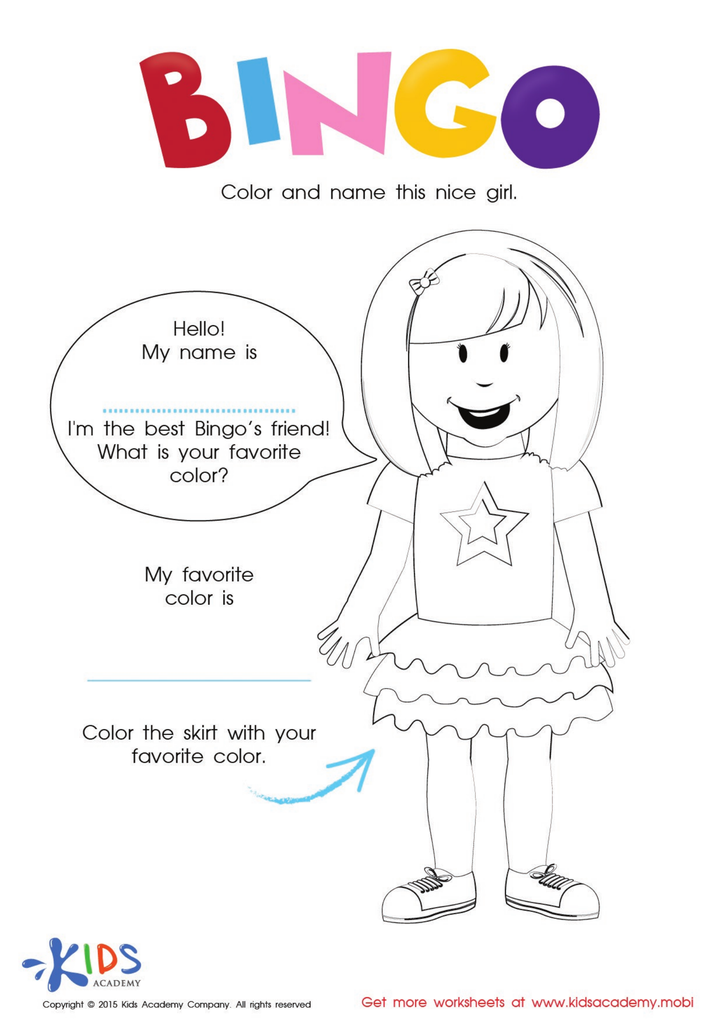

The Bingo Song: Coloring The Girl Worksheet


Yellow and Green Coloring Fun Worksheet
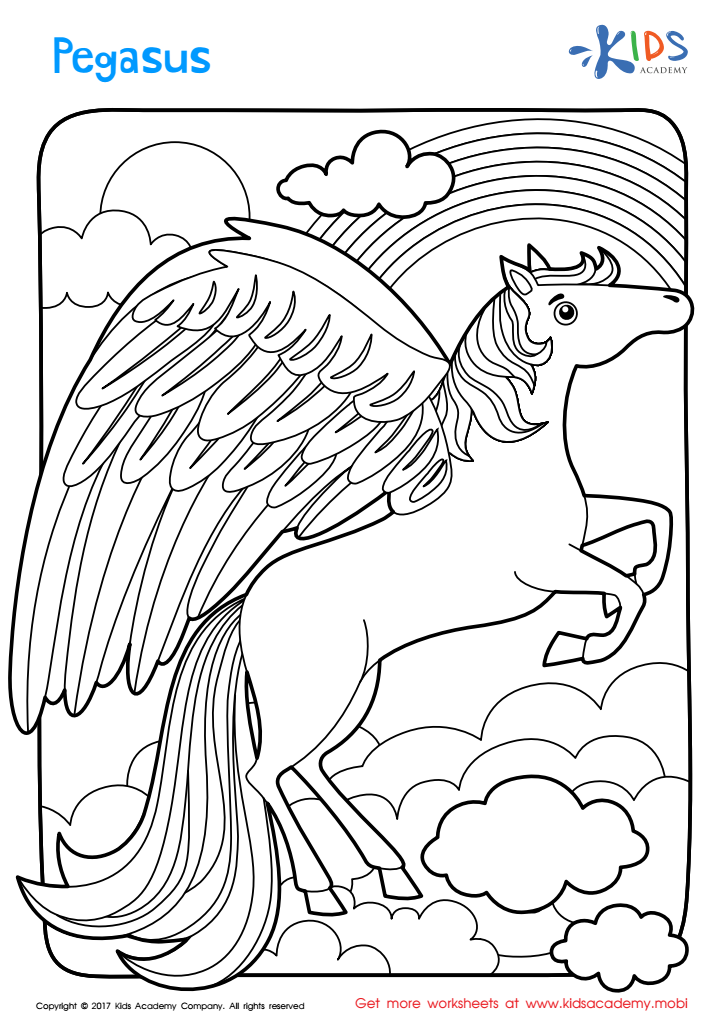

Pegasus Printable
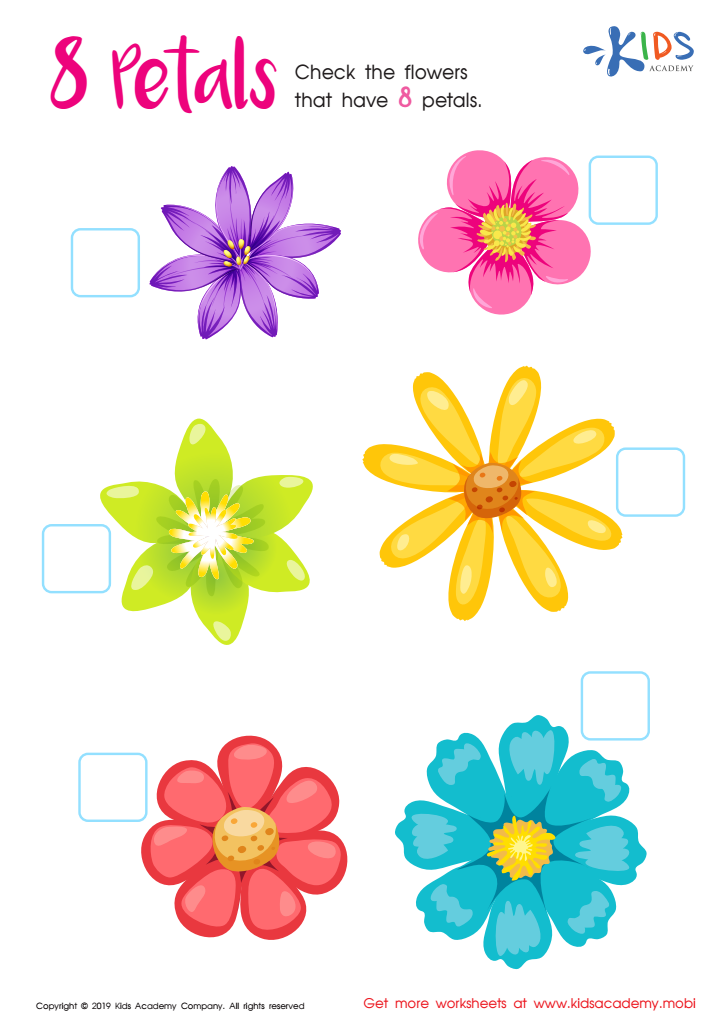

8 Petals Worksheet
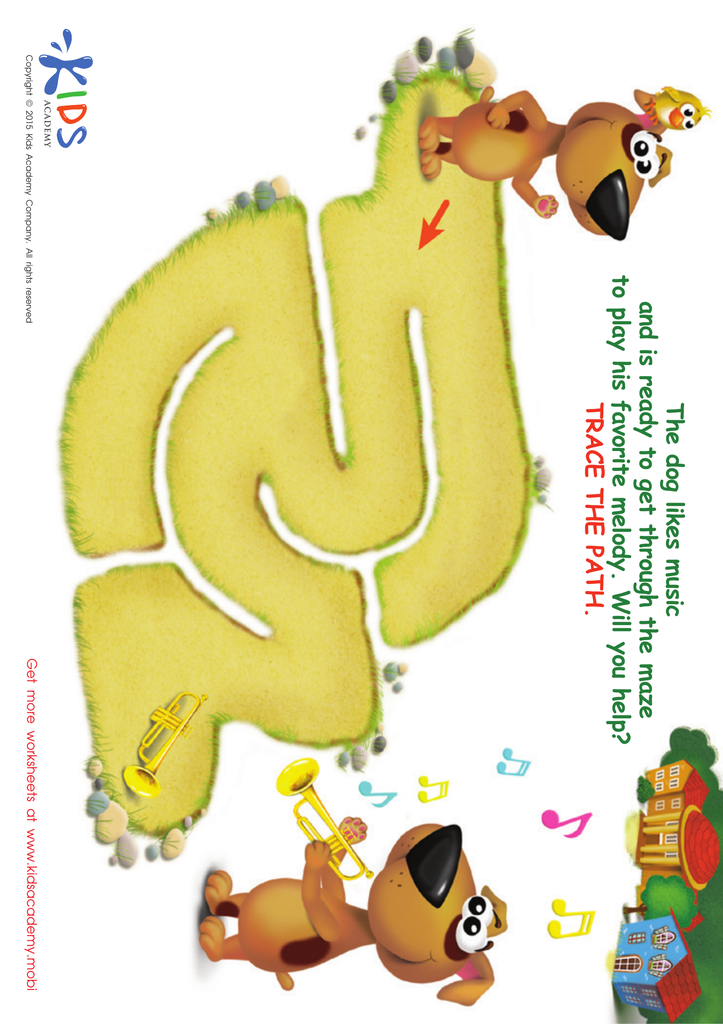

Trumpeter Maze Worksheet
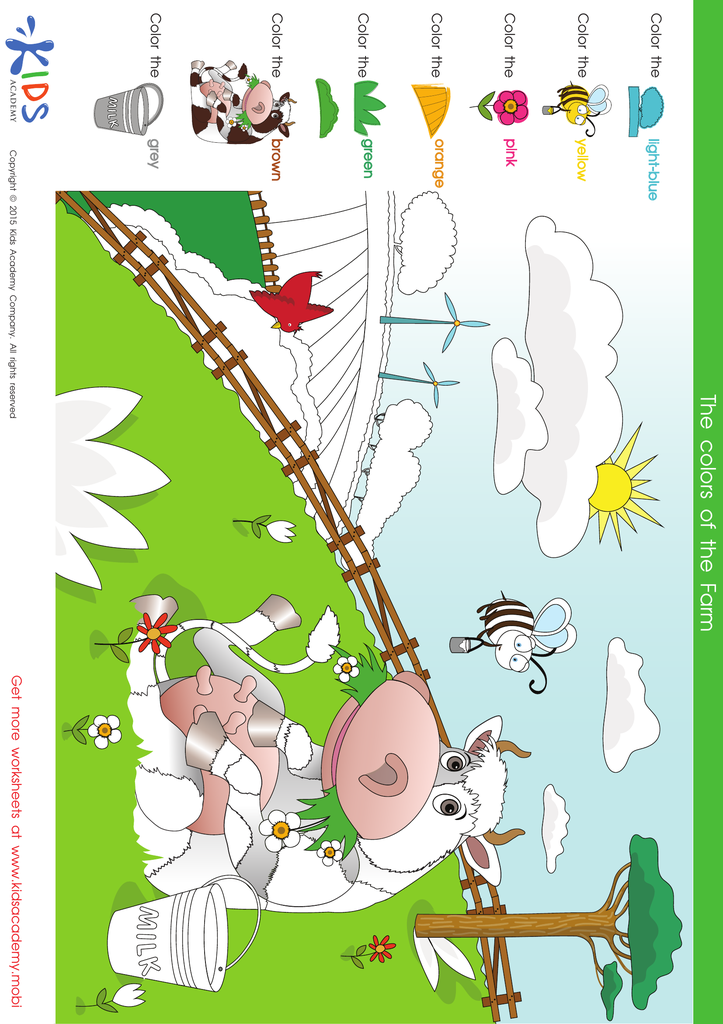

Color the Cow and the Fields Coloring Pages
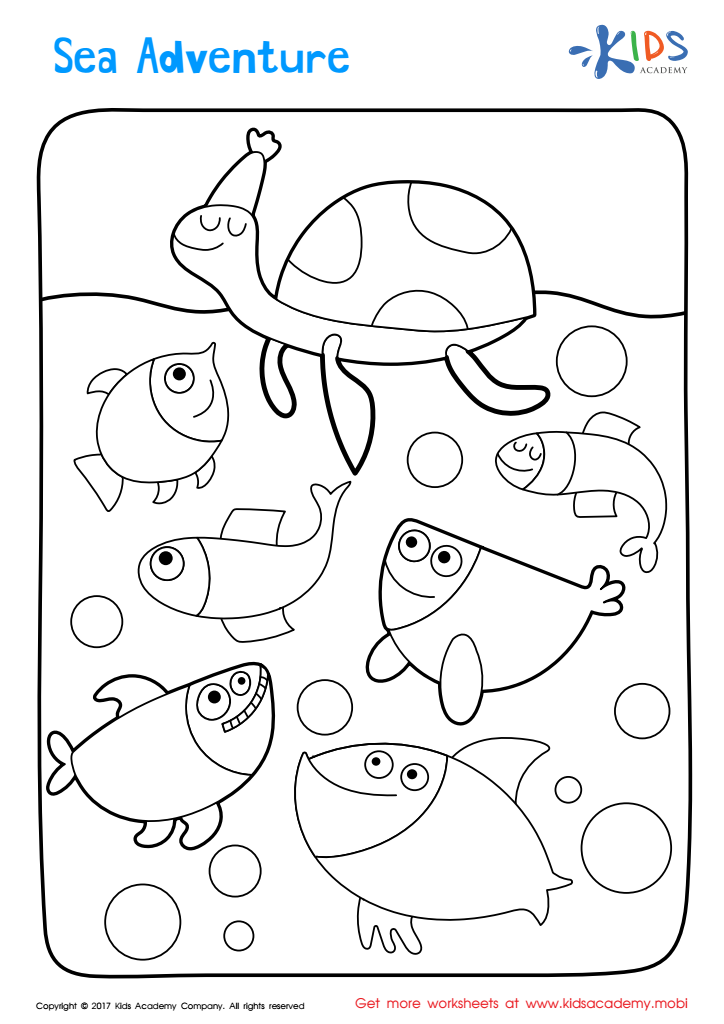

Sea Adventure Coloring Page
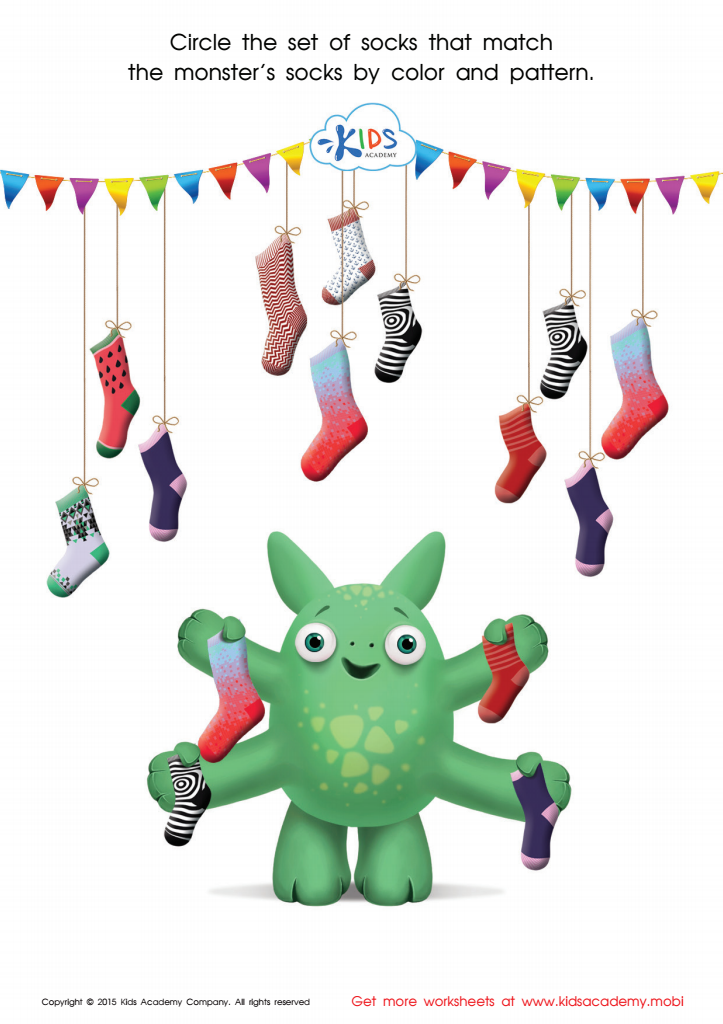

Sort the Monster's Socks Worksheet


Pre–reading Worksheet: What Do You See?
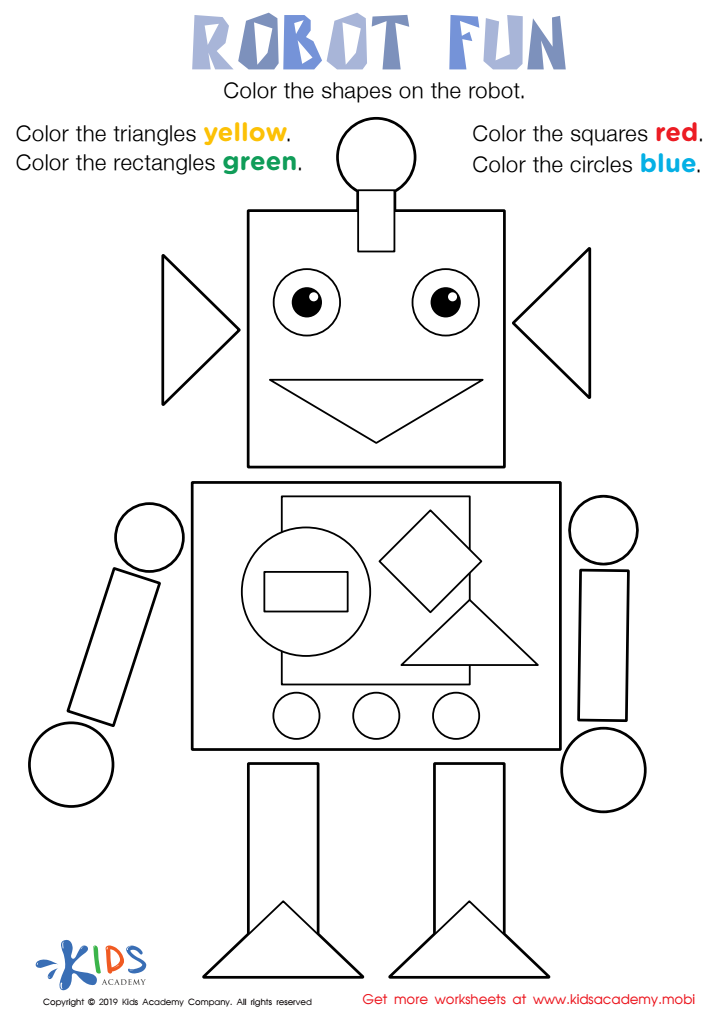

Robot Fun Worksheet
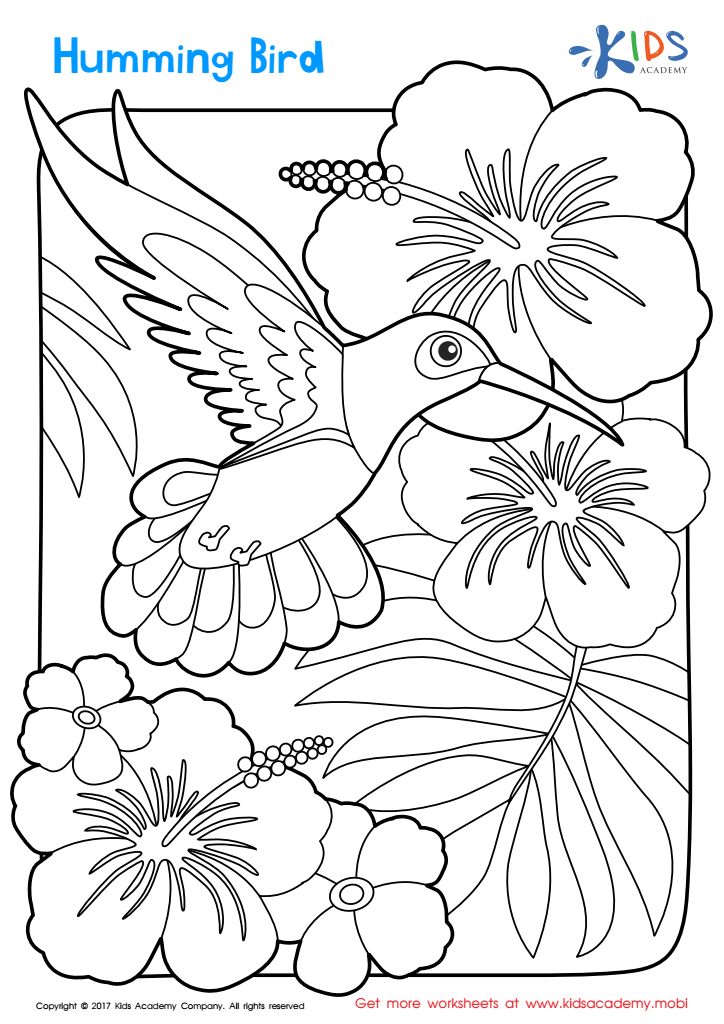

Humming Bird Worksheet
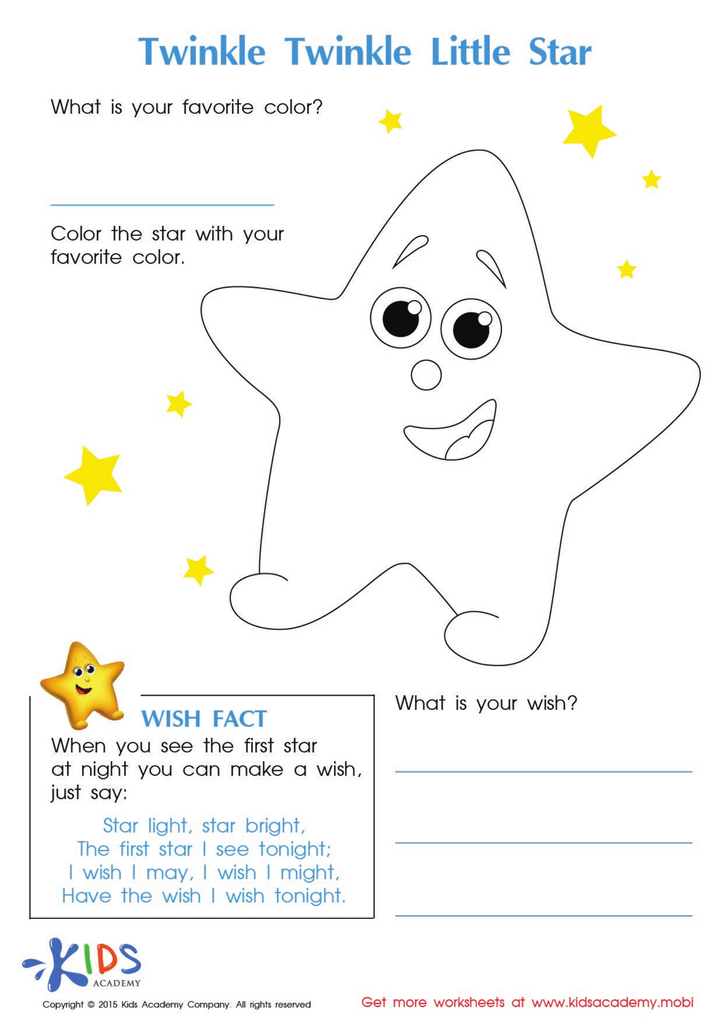

Twinkle Little Star Coloring Worksheet
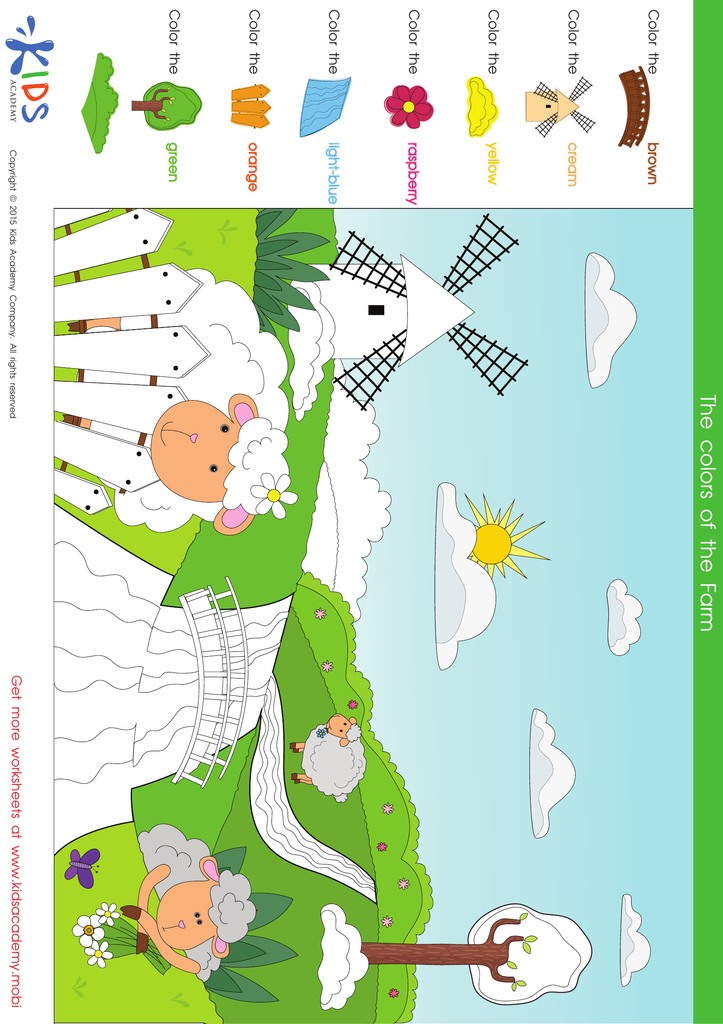

Color the Sheep in the Field Coloring Pages
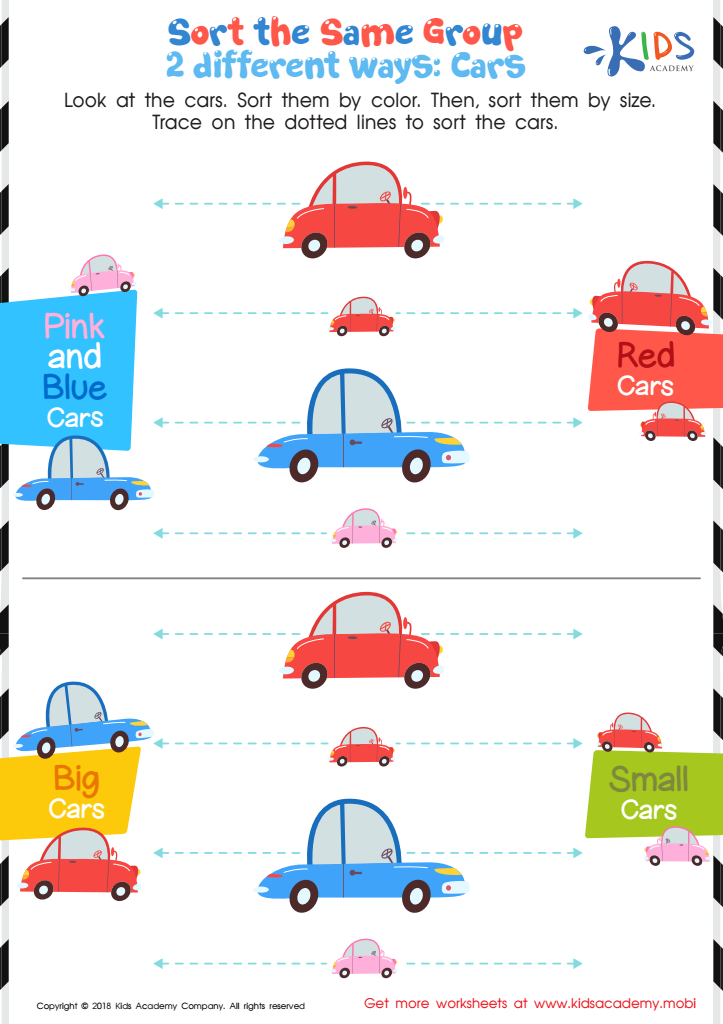

Sort the Same Group 2 Different Ways: Cars Worksheet
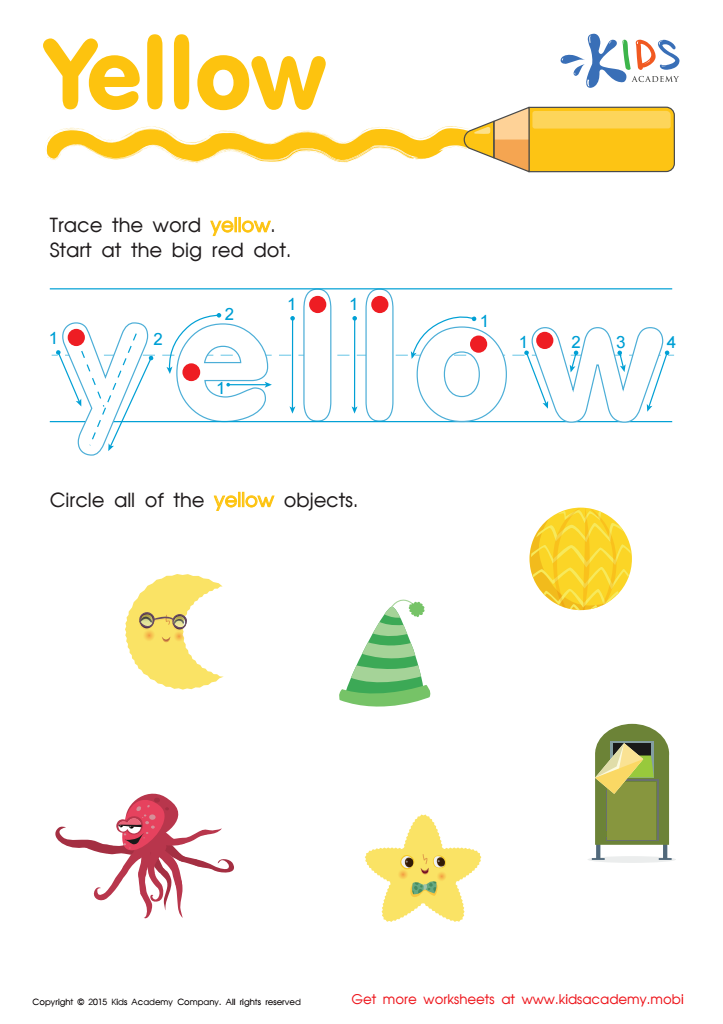

Yellow Tracing Color Words Worksheet


Twinkle Twinkle Little Star Coloring Page
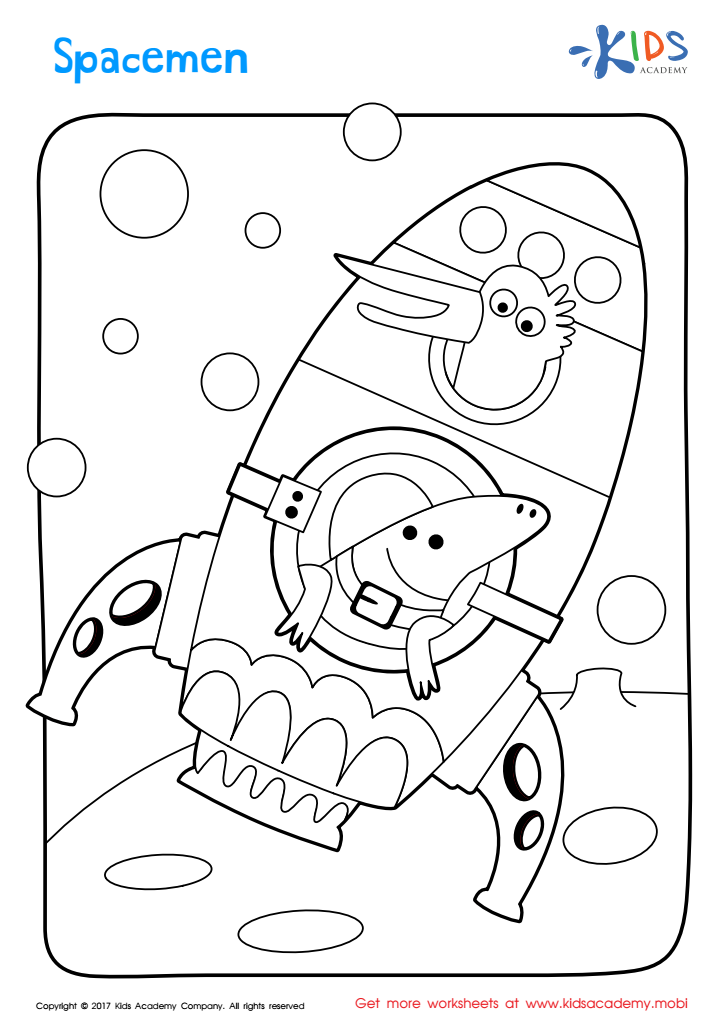

Spacemen Coloring Page


The Three Little Pigs Coloring Worksheet
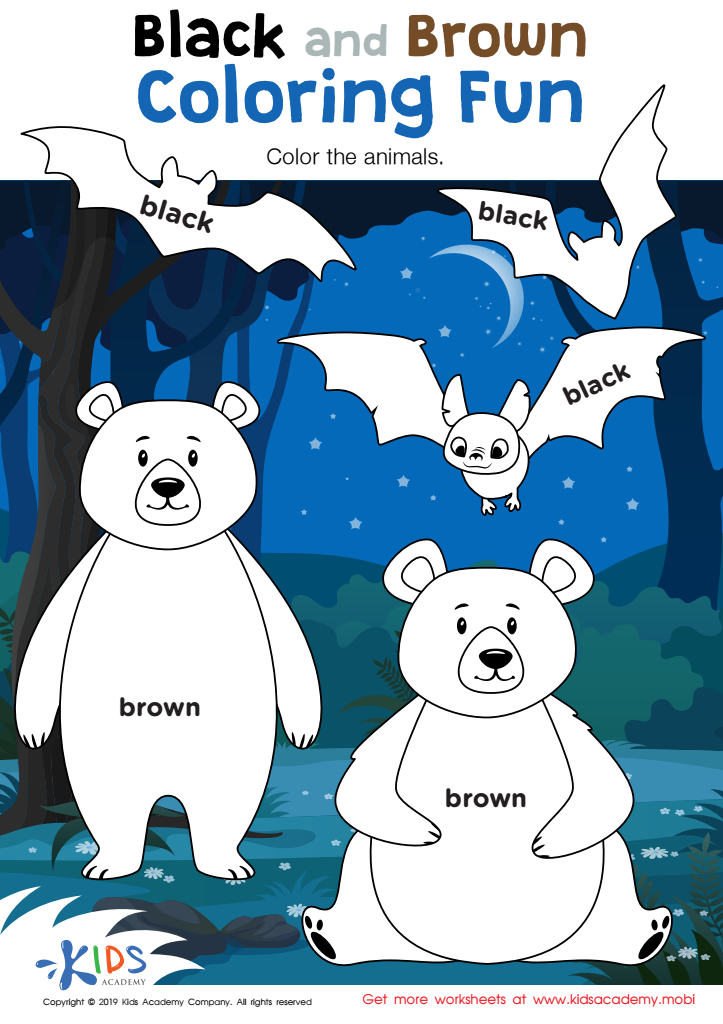

Black and Brown Coloring Fun Worksheet
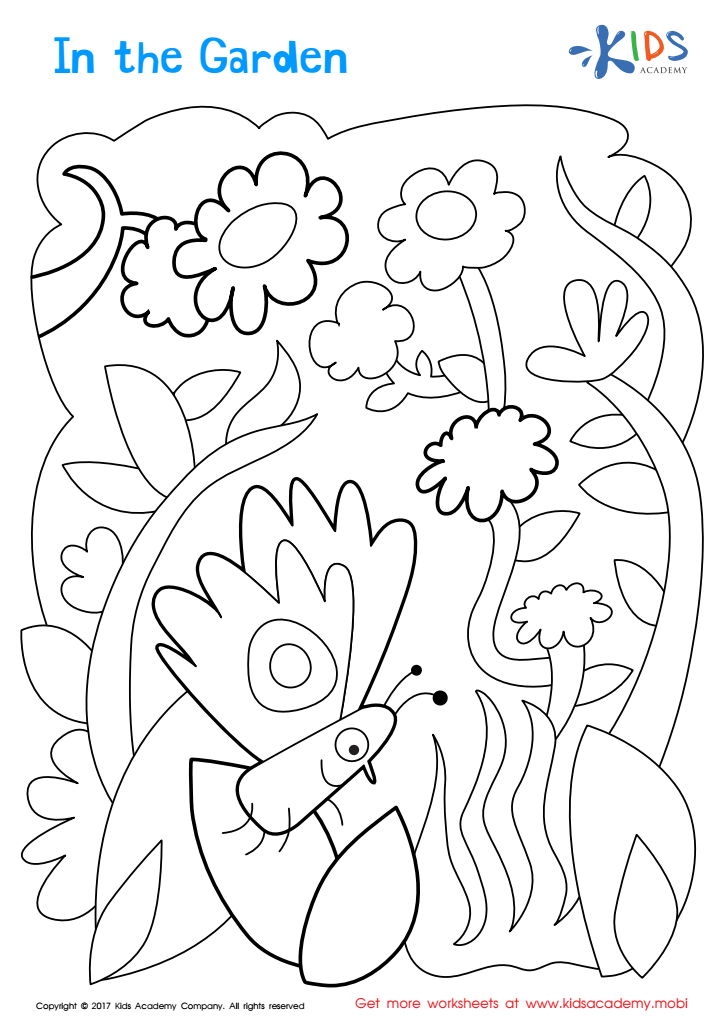

In The Garden Coloring Page
Color recognition is a fundamental skill for children ages 3-5, forming a critical part of their cognitive and emotional development. Parents and teachers should prioritize this skill because it supports several areas of growth essential for early childhood education and overall development.
Firstly, color recognition aids in improving both vocabulary and language skills. When children learn the names and characteristics of colors, they expand their descriptive language and improve their communication abilities. This skill also boosts early literacy as many learning activities involve colorful objects and illustrations.
Cognitive development is another critical area benefiting from color recognition. Understanding colors helps with problem-solving tasks and logical thinking. It’s the foundation for categorizing and organizing information, which can improve mathematical skills like sorting, patterns, and sequencing.
Moreover, color recognition is crucial for emotional growth. Colors often have emotional and psychological significance; for example, understanding that red can represent alert or excitement while blue may be calming helps children communicate their feelings more effectively.
Finally, color recognition promotes creativity. It allows children to express themselves through art and imaginative play, fostering creativity which is essential for holistic development.
By focusing on color recognition, parents and teachers can help set the foundation for important developmental milestones, ensuring children receive a well-rounded early education.

 Assign to My Students
Assign to My Students









